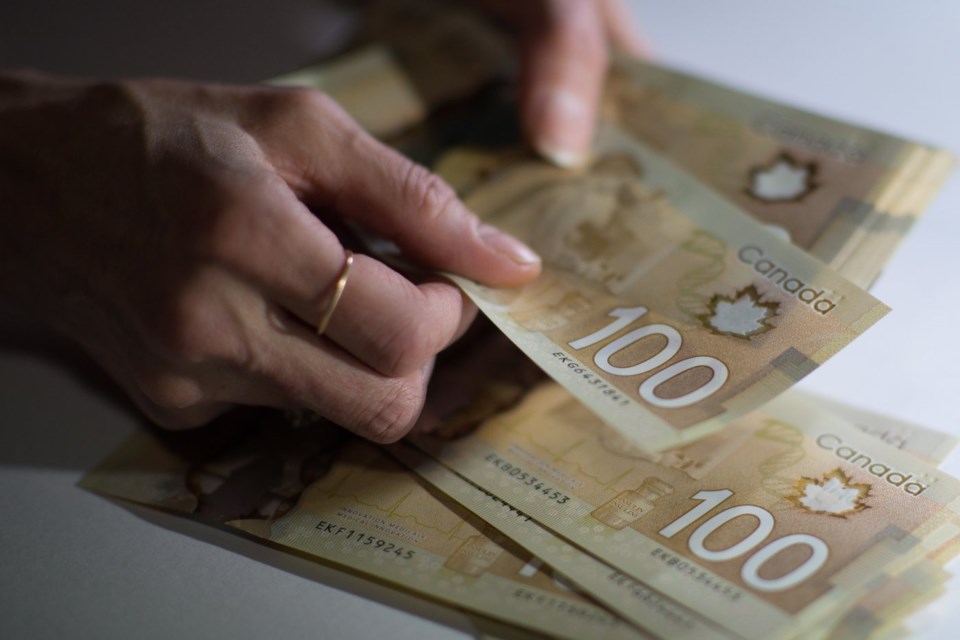TORONTO — The last of your debt is finally paid off and that money set aside in your budget for loan repayments is now free to be used elsewhere. But what's next for that spare cash?
Usually, it's the time to use that money to further build for your future, though whether it's through savings or investing depends on your financial goals, experts say.
Mia Karmelic, an executive financial consultant at IG Wealth Management, says step one is to make sure your emergency fund is sufficient.
The rule of thumb is the amount of money needed should range anywhere between three to 12 months' worth of expenses, based on a variety of individual factors such as your income, lifestyle and dependents.
Karmelic suggested parking your emergency fund money in a high-interest savings account rather than the volatile stock market.
Then, move on to goals-based investment planning. That means breaking down your goals into smaller buckets and timelines, Karmelic said.
For instance, start with setting goals for the next one to three years -- which could be anything from going on a vacation to buying a new car.
Karmelic said anything that falls into the short-term bucket should be kept outside of the market.
"The time frame, I believe, is too short to go all into the markets because if we have a downturn, it's going to take a lot longer for that money to recover," she said.
Graham Priest, an investment adviser with BlueShore Financial, said money that's going to be set aside for short-term goals could also be put into a fixed-income investment that guarantees a return.
"You don't want to have money just sitting, doing nothing in a chequing account," Priest said.
"When you're looking at short-term savings, you'd want money to be guaranteed and the rate of return is less of a factor than wanting to make sure that you have the principal when it's required," he explained.
The second bucket of savings can focus on goals that can be achieved within three to six years, said Karmelic.
She suggested this money can be invested in a more diversified portfolio and venture into the markets but not take too much risk.
"It's still a fairly short timeframe investment-wise," Karmelic said.
Anything beyond six years would be considered long-term goals such as saving for large purchases, your child's post-secondary education or retirement.
Priest said with long-term investments, people need to go through questions to assess the market risk they'd be comfortable with.
Then, he recommended utilizing tax-sheltered accounts such as registered retirement savings plans or a first home savings account.
Tax-free savings can be in mutual funds, exchange-traded funds, equities or commodities — depending on the time horizon and risk tolerance, Priest said.
"Once someone has maximized the benefits or contribution limits … then you could be looking at a taxable investment account," he said.
Karmelic suggested investing on a monthly basis.
"This then allows you to average into the markets, capture different prices," she said. "And over time, you will see those assets accumulate and do well in the long run."
But she cautioned to be aware of your risk tolerance.
"Just because someone is young and has a long time horizon, it doesn't necessarily mean they're comfortable with large market swings," Karmelic said.
She added it's important to adjust savings and investment contributions to changes in income.
"When someone gets a raise, the amount that's saved should be adjusted," Karmelic said. "The (pay) raise is only going to make a difference in your life if you're actually saving a portion of it."
This way, she said, "you are staying accountable in speeding up the savings process."
This report by The Canadian Press was first published Dec. 17, 2024.
Ritika Dubey, The Canadian Press
